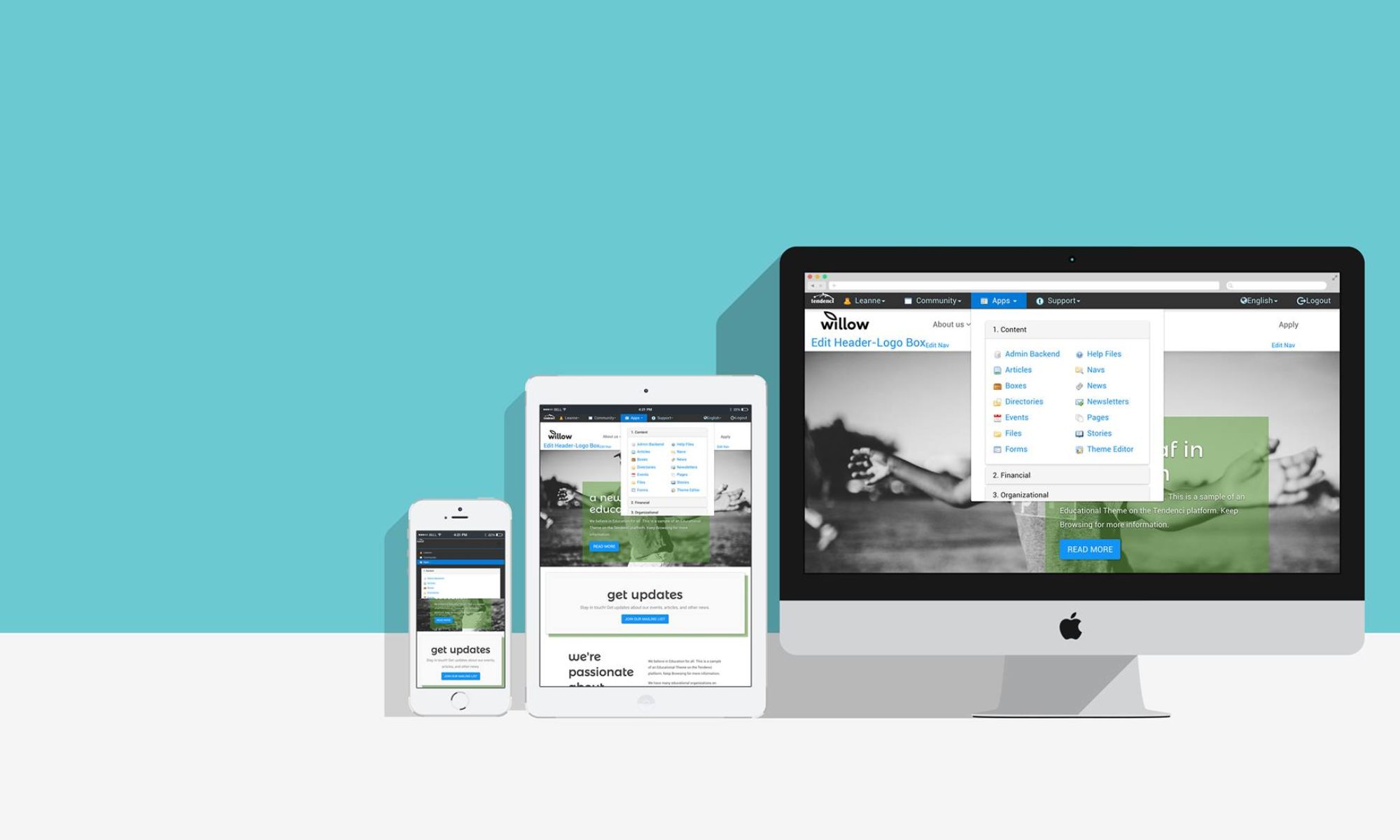
Sometimes sharing your Twitter stream on other social networks feels like running into a church with a bullhorn. Lots of confusing weird noise and people looking at you like you are cah-razy.
Perhaps you’ve experienced this – logging into Facebook to catch up with friends and seeing bizarre non sequiturs in place of more typical status updates: ‘ROFL @randomperson I know!!! OMG!!! Frogs ARE awesome!!’ Huh, wha?
We often advise clients to re-purpose relevant online content to a variety of channels (‘doing more with less’ isn’t always silly consulting babble), this helps reach audiences that may not be on Twitter all day, for instance.
But it’s important to strategically target your audiences, taking care to match them up with the content that matters to them. Just because Google now slurps up Twitter updates on the search page doesn’t mean that you want your Great Aunt Hilda seeing your late night bar Tweets on your homecooking blog ‘s sidebar.
Here are a few easy ways to make sure your Twitter stream is going where it needs to go:
Facebook:
Check out this handy Facebook ”Selective Tweet Status’ app makes it super easy to include only the Tweets you want to appear on Facebook. Update your Twitter account as you usually do, but end your Tweet with #fb to indicate that it has the go-ahead to show up on Facebook. Easy as pie.
LinkedIn:
Whether you are in the job market or just wanting to maintain professional relationships, LinkedIn can be a great place to frequently and easily update you LinkedIn status with your Twitter account. Two birds with on Tweet.
However, not all Tweets are created equal and you may want to take an extra special look at what your future employer’s HR team sees when they view your profile. No worries, LinkedIn puts you in control from the very beginning.
Your Tweet setup page gives you the option of how to share your Tweets – push them to your LinkedIn profile automatically or end your Tweets with #in to denote LinkedIn-safe content. Job applicant nightmare averted!
Blogs and Web sites:
I love seeing bloggers include a feed of their Twitter stream on their site – it gives me a peek at their Tweet-style and makes it beyond easy for me to connect with them on Twitter if I find them engaging.
But this doesn’t mean you want EVERYTHING popping up in a Twitter feed, especially if your blog is a bit niche and your Tweets are a bit random. Keep it focused and on-message by only pulling inthe content you want readers to see!
Create a widget for displaying an RSS feed that you grab after doing a keyword / name / brand search on the Twitter search page and embed it in your sidebar. For the more technically advanced, try creating a Yahoo Pipe that narrows your Twitter flow down to the subjects and hashtags you’re the most excited about.
Or crowd source the Tweets you pull in by including a feed of one of your Twitter lists using a simple Twitter gadget here. You won’t have complete control over who says what, but you will have a constant flow of information from trusted sources that your site visitors might find fantastic.


 All of the big cell phone companies are currently battling it out in the Smart Phone arena and we’re wondering who can get the smartest phone out the quickest (and which of them will actually be smart)….
All of the big cell phone companies are currently battling it out in the Smart Phone arena and we’re wondering who can get the smartest phone out the quickest (and which of them will actually be smart)….



 Complete the ENTIRE Profile with as much info as possible
Complete the ENTIRE Profile with as much info as possible



